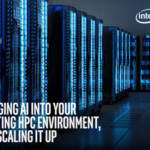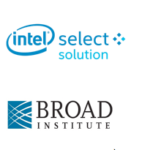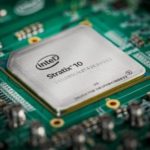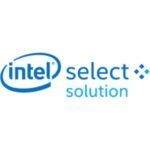It’s a fascinating time for High Performance Computing. The convergence of AI, analytics, and simulation and modeling is transforming systems and users. “So, there’s a lot to talk about it at ISC 2018, including announcements from Intel on next-generation Intel® Omni-Path Architecture and Intel® Select Solutions for Professional Visualization, to Machine Learning Day with Pradeep Dubey, and demos, presentations, and panel discussions in Intel’s Collaboration Hub.”
New eGuide: Practical Considerations for Embracing AI in Your HPC Environment
The advent of AI is creating new possibilities to tackle increasingly complex research beyond the traditional HPC analytics, modeling, and simulation workloads. This guest post from Intel highlights key points from its new eGuide that focuses on embracing AI in your HPC environment. “Thanks to the efforts of HPC experts and those they support, we face a bright and exciting future of scientific understanding and innovation to benefit humanity.”
BioScience gets a Boost Through Order-of-Magnitude Computing Gains
Intel is working with leaders in the field to eliminate today’s data processing bottlenecks. In this guest post from Intel, the company explores how BioScience is getting a leg up from order-of-magnitude computing progress. “Intel’s framework is designed to make HPC simpler, more affordable, and more powerful.”
Intel HPC Technology: Fueling Discovery and Insight with a Common Foundation
To remain competitive, companies, academic institutions, and government agencies must tap the data available to them to empower scientific breakthroughs and drive greater business agility. This guest post explores how Intel’s scalable and efficient HPC technology portfolio accelerates today’s diverse workloads.
Broad Institute and Intel Advance Genomics
The Broad Institute of MIT and Harvard in collaboration with Intel, is playing a major role in accelerating genomic analysis. This guest post from Intel explores how the two are working together to ‘reach levels of analysis that were not possible before.’
FPGA Programming Made Easy
In the past, it was necessary to understand a complex programming language such as Verilog or VHDL, that was designed for a specific FPGA. “Using a familiar language such as OpenCL, developers can become more productive, sooner when deciding to use an FPGA for a specific purpose. OpenCL is portable and is designed to be used with almost any type of accelerator.”
Intel’s Advanced Webinar Series for Understanding HPC Fabrics and Intel Omni-Path Architecture
To help prospective customers understand Intel OPA capabilities and inform new customers of how to take advantage of all that Intel OPA has to offer, Intel began presenting a series of webinars on the fabric nearly three years ago. This guest post explores Intel’s advanced webinar series that focuses on understanding HPC fabrics and Intel Omni-Path Architecture.
Intel Omni-Path Architecture: The Real Numbers
In this slidecast, Joe Yaworski from Intel describes the Intel Omni-Path architecture and how it scales performance for a wide range of HPC applications. He also shows why recently published benchmarks have not reflected the real performance story.
Dr. Pradeep Dubey on AI & The Virtuous Cycle of Compute
“Deep Learning was recently scaled to obtain 15PF performance on the Cori supercomputer at NERSC. Cori Phase II features over 9600 KNL processors. It can significantly impact how we do computing and what computing can do for us. In this podcast, I will discuss some of the application-level opportunities and system-level challenges that lie at the heart of this intersection of traditional high performance computing with emerging data-intensive computing.”












